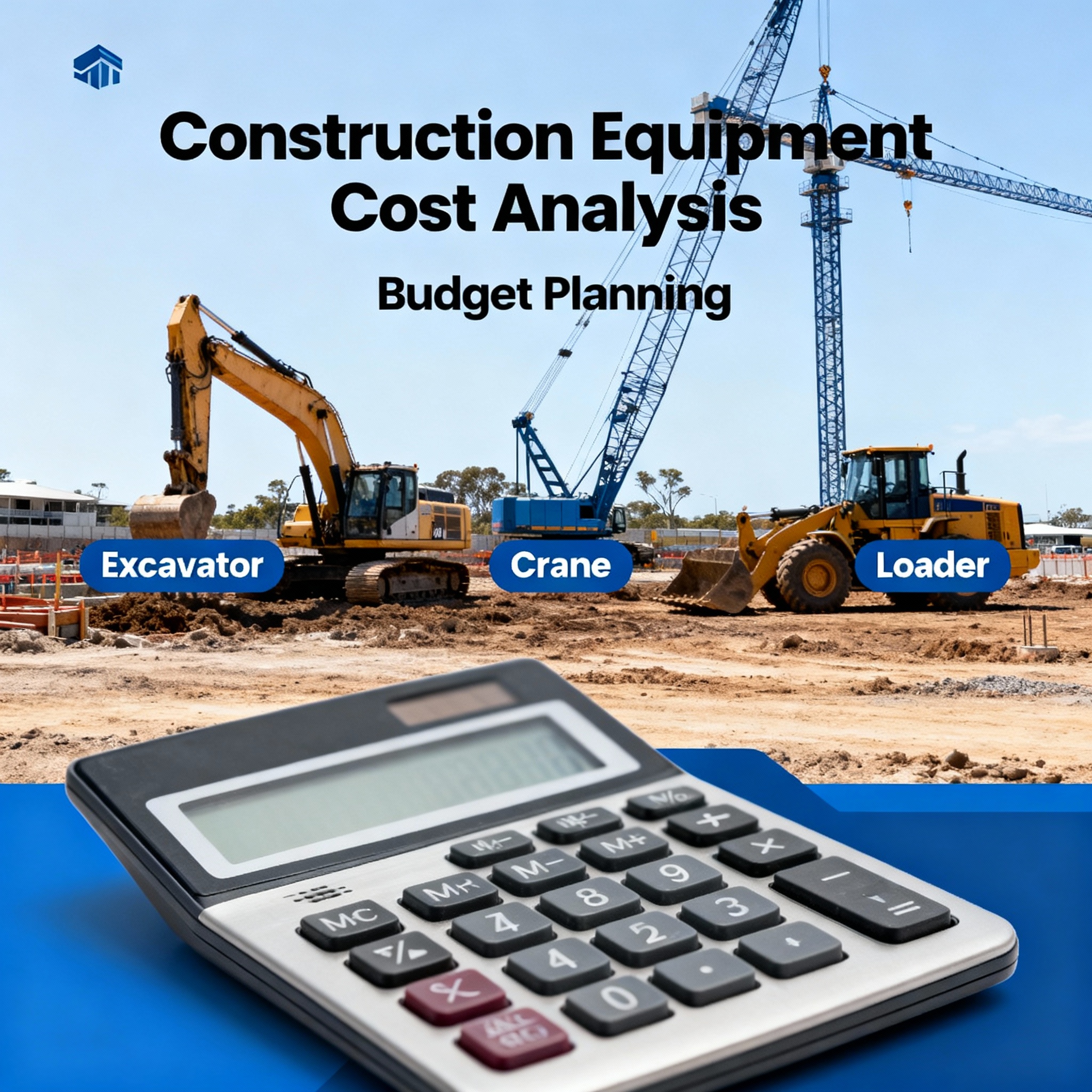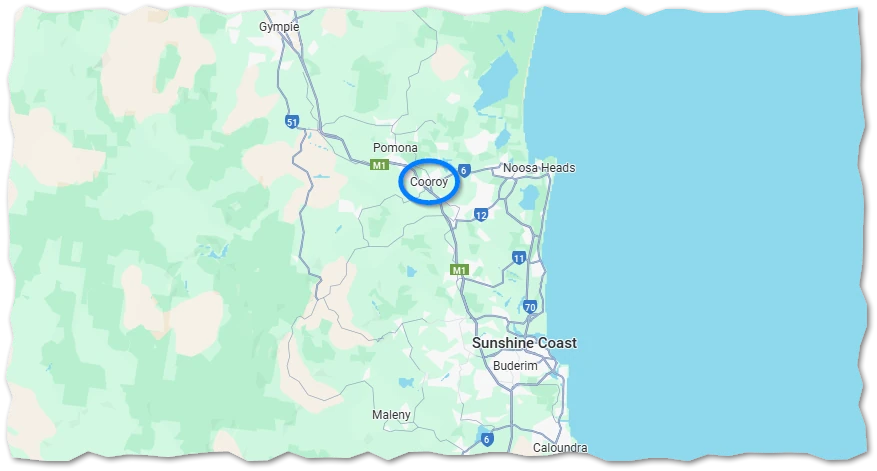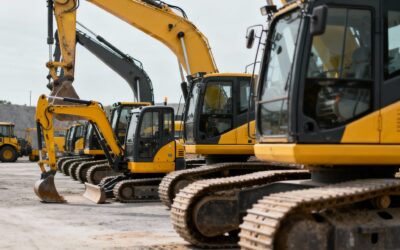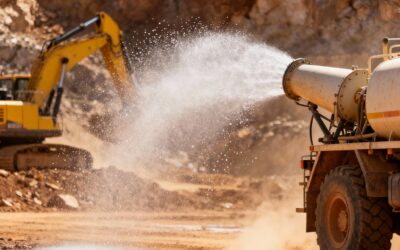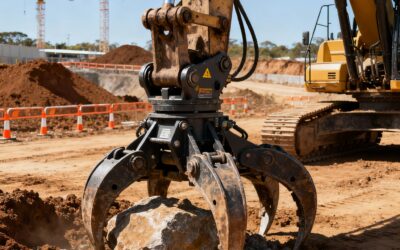Introduction
For Australian project managers, contractors, and construction companies facing increasingly tight margins and complex project demands, implementing cost-effective construction machinery rental strategies has become essential for maintaining competitive advantage. With equipment costs representing 15-20% of total project expenses, smart rental decisions can dramatically impact your bottom line and project success.
The key to maximizing cost-effectiveness lies not just in finding the lowest rental rates, but in implementing strategic approaches that optimize equipment utilization, minimize downtime, and align machinery selection with specific project phases. This comprehensive guide reveals seven proven strategies that successful Australian contractors use to reduce equipment costs while maintaining productivity and safety standards.
Strategy 1: Master the Art of Equipment Right-Sizing
Understanding True Project Requirements
The foundation of cost-effective construction machinery rental begins with accurate assessment of your actual equipment needs versus perceived requirements. Many contractors over-specify equipment, leading to unnecessary costs and reduced flexibility.
Excavator Selection Example:
Instead of automatically choosing an 8t excavator for every dig, analyze specific requirements:
- Residential projects: A 3.5t excavator often provides adequate power with 30-40% cost savings
- Commercial developments: Mid-range excavators offer optimal price-performance balance
- Major infrastructure: Larger excavators justify costs through increased productivity
Multi-Phase Equipment Planning
Phase 1 – Site Preparation:
Utilize compact, versatile equipment like skid steer rentals for initial clearing and preparation work.
Phase 2 – Heavy Construction:
Transition to larger machinery when bulk earthmoving and structural work demands maximum productivity.
Phase 3 – Finishing Work:
Return to smaller, precise equipment for final grading and detail work.
This phased approach typically reduces overall equipment costs by 25-35% compared to maintaining oversized machinery throughout entire project duration.
Strategy 2: Leverage Bundle Deals and Package Rentals
Complete Equipment Ecosystems
Smart contractors recognize that all equipment hire packages often provide superior value compared to individual rentals. When you need multiple pieces working together, bundled packages offer:
- Compatibility assurance between different equipment pieces
- Consolidated delivery and pickup reducing transport costs
- Volume discounts of 15-25% on total rental costs
- Single point of contact for maintenance and support
Strategic Equipment Combinations
Excavation Projects:
- Primary excavator (5t or 8t models)
- Rock grab hire for challenging materials
- Tipper truck hire for material transport
- Site support equipment
Civil Construction:
- Heavy earthmoving equipment
- Compaction machinery
- Water truck services for dust control
- Traffic management equipment
Negotiating Package Deals
When discussing package rentals with providers like AllQuip Rentals, focus on:
- Total project value rather than individual item costs
- Long-term relationship potential
- Flexibility for equipment swaps during rental period
- Performance guarantees and support commitments
Strategy 3: Optimize Rental Duration and Timing
Understanding Rental Rate Structures
Daily Rates vs. Weekly/Monthly:
Most rental companies offer significant discounts for longer commitments:
- Daily rate: Highest per-day cost, maximum flexibility
- Weekly rate: 20-30% daily cost reduction
- Monthly rate: 40-50% daily cost reduction
- Long-term contracts: Up to 60% reduction for 6+ month commitments
Project Scheduling for Cost Optimization
Equipment Sequencing:
Plan project phases to minimize equipment idle time:
- Schedule intensive excavation work consecutively
- Coordinate tipper truck hire with material movement phases
- Time specialty equipment rentals precisely with specific tasks
Seasonal Considerations:
- Peak season (Spring/Summer): Higher rates, limited availability
- Off-peak periods: 15-25% rate reductions, better equipment selection
- Weather planning: Account for seasonal delays in duration estimates
Advanced Duration Strategies
Flexible Return Dates:
Negotiate flexible return arrangements that allow:
- Early returns with prorated refunds
- Extension options at predetermined rates
- Equipment swaps during rental period
Standby Equipment Arrangements:
For critical projects, establish standby equipment agreements that provide:
- Guaranteed replacement within specified timeframes
- Reduced standby rates compared to active rental
- Priority access during peak demand periods
Strategy 4: Strategic Location and Logistics Planning
Minimizing Transport Costs
Transport costs can represent 10-15% of total rental expenses. Strategic planning reduces these costs significantly:
Local Supplier Networks:
Partner with rental companies offering comprehensive geographic coverage across your operating areas.
Consolidated Deliveries:
- Schedule multiple equipment pieces for simultaneous delivery
- Plan equipment staging areas to minimize repositioning
- Coordinate returns to reduce pickup costs
Site Preparation for Equipment Efficiency
Access Planning:
Ensure sites are prepared for efficient equipment delivery and operation:
- Clear access routes for delivery trucks
- Designated equipment staging areas
- Utility marking and clearance confirmation
Storage and Security:
Proper on-site equipment management reduces costs through:
- Reduced theft risk and insurance premiums
- Extended equipment life through proper storage
- Minimized repositioning and transport requirements
Strategy 5: Implement Preventive Care and Damage Prevention
Daily Operation Best Practices
While rental equipment maintenance is typically the rental company’s responsibility, proper operation prevents costly damage charges and ensures reliable performance.
Operator Training Investment:
- Proper equipment operation reduces breakdown risks
- Extends equipment life and performance
- Minimizes damage liability and additional charges
- Improves overall project productivity
Equipment Inspection Protocols
Pre-Operation Checks:
- Hydraulic fluid levels and system integrity
- Track or tire condition and proper inflation
- All safety systems and emergency stops
- Documentation of any existing damage or wear
End-of-Shift Procedures:
- Proper equipment shutdown and securing
- Basic cleaning to prevent buildup and corrosion
- Secure storage to prevent theft or vandalism
- Documentation of any issues or concerns
Damage Prevention Strategies
Site Hazard Management:
- Underground utility location and marking
- Overhead obstruction identification
- Ground condition assessment and preparation
- Traffic and pedestrian safety planning
Communication Protocols:
Establish clear communication channels with rental providers for:
- Immediate issue reporting
- Technical support access
- Emergency replacement procedures
- Maintenance scheduling coordination
Strategy 6: Leverage Technology and Monitoring Systems
Equipment Utilization Tracking
Modern construction equipment rentals often include telematics systems that provide valuable data for cost optimization:
Usage Analytics:
- Actual operating hours vs. rental duration
- Idle time identification and reduction opportunities
- Fuel consumption optimization
- Performance benchmarking across projects
Predictive Maintenance Benefits:
- Reduced unexpected breakdown risks
- Optimized maintenance scheduling
- Extended equipment reliability
- Lower total project costs
GPS and Fleet Management
Location Optimization:
- Real-time equipment location tracking
- Theft prevention and recovery capabilities
- Route optimization for support services
- Multi-site project coordination
Performance Monitoring:
Track key performance indicators:
- Equipment productivity rates
- Fuel efficiency metrics
- Operator performance data
- Maintenance requirement predictions
Strategy 7: Build Strategic Rental Partnerships
Long-Term Relationship Benefits
Developing strong partnerships with quality rental providers like AllQuip Rentals creates significant cost advantages:
Preferred Customer Benefits:
- Priority access to equipment during peak periods
- Preferential pricing for repeat customers
- Flexible terms and payment arrangements
- Technical support and consultation services
Account Management Advantages:
- Dedicated account representatives
- Customized equipment packages
- Proactive project planning support
- Performance reporting and cost analysis
Multi-Vendor Strategy Management
While building primary partnerships is important, maintaining relationships with multiple suppliers provides:
Risk Mitigation:
- Backup equipment sources for critical projects
- Competitive pricing leverage
- Access to specialized equipment not available from primary suppliers
- Geographic coverage for projects outside primary supplier service areas
Market Intelligence:
- Industry trend insights
- Technology advancement awareness
- Competitive pricing information
- Best practice sharing across suppliers
Partnership Evaluation Criteria
Service Quality Metrics:
- Equipment availability and reliability
- Delivery timeliness and accuracy
- Technical support responsiveness
- Problem resolution effectiveness
Financial Performance:
- Total cost of ownership comparisons
- Billing accuracy and transparency
- Payment terms and flexibility
- Value-added services inclusion
Implementation Framework: Putting Strategies into Action
Project Planning Phase
Equipment Requirements Analysis:
- Detailed task breakdown and duration estimates
- Equipment sizing and specification development
- Rental duration optimization planning
- Transport and logistics cost estimation
Supplier Selection Process:
- Request detailed quotes from multiple suppliers
- Evaluate total project costs, not just rental rates
- Assess service capabilities and support offerings
- Review supplier performance history and references
Execution Phase Management
Performance Monitoring:
- Daily equipment utilization tracking
- Cost performance against budget analysis
- Issue identification and resolution tracking
- Productivity measurement and optimization
Continuous Improvement:
- Regular strategy effectiveness review
- Cost performance benchmarking
- Process refinement based on lessons learned
- Relationship management and feedback incorporation
Measuring Cost-Effectiveness Success
Key Performance Indicators
Financial Metrics:
- Total equipment costs as percentage of project budget
- Cost per operating hour achieved
- Savings compared to equipment purchase scenarios
- Return on investment for optimization strategies
Operational Metrics:
- Equipment availability and reliability rates
- Project schedule adherence
- Safety incident reduction
- Productivity improvements
Benchmarking and Analysis
Industry Comparisons:
Compare your equipment cost performance against:
- Industry standard percentages
- Similar project types and sizes
- Regional market conditions
- Historical performance trends
Continuous Optimization:
Use performance data to:
- Refine equipment selection processes
- Improve rental duration planning
- Enhance supplier relationship management
- Develop better cost estimation capabilities
Advanced Cost Optimization Techniques
Seasonal Planning Strategies
Annual Equipment Budgeting:
- Plan major projects during off-peak rental periods
- Negotiate annual volume commitments for better rates
- Establish seasonal equipment reserves for critical projects
- Coordinate multiple projects to maximize equipment utilization
Technology Integration
Project Management Software:
Integrate rental cost management with:
- Project scheduling systems
- Cost accounting and budgeting tools
- Equipment utilization tracking
- Performance reporting dashboards
Mobile Technology:
Utilize mobile apps and platforms for:
- Real-time equipment status updates
- Rapid rental requests and approvals
- Field-based cost tracking and reporting
- Communication with rental providers
Regional Considerations for Australian Markets
Market-Specific Strategies
Urban vs. Regional Projects:
- Urban areas: Focus on compact equipment and delivery efficiency
- Regional areas: Emphasize equipment reliability and local support
- Remote locations: Plan for extended rental periods and comprehensive support
Climate and Environmental Factors:
- Tropical conditions: Enhanced maintenance and corrosion protection
- Arid environments: Dust management and cooling system focus
- Coastal areas: Saltwater exposure protection and maintenance
Regulatory Compliance
State and Territory Variations:
Different jurisdictions require consideration of:
- Equipment certification requirements
- Operator licensing and training standards
- Environmental protection regulations
- Workplace safety compliance costs
Expert Consultation and Support
Maximizing Professional Guidance
At AllQuip Rentals, our equipment specialists provide comprehensive consultation services to help implement these cost-effective strategies:
Pre-Project Planning:
- Equipment requirement analysis and optimization
- Cost-benefit analysis for different rental scenarios
- Project timeline development and equipment scheduling
- Risk assessment and mitigation planning
Ongoing Project Support:
- Performance monitoring and optimization recommendations
- Equipment swap and upgrade guidance
- Technical support and troubleshooting assistance
- Cost tracking and budget management support
For expert consultation on implementing cost-effective construction machinery rental strategies for your specific projects, contact our team at 0487 612 012. Our specialists can provide detailed analysis and customized recommendations to maximize your equipment cost savings.
Conclusion: Transforming Equipment Costs into Competitive Advantage
Implementing these seven proven strategies for cost-effective construction machinery rental can reduce your equipment expenses by 25-40% while maintaining or improving project performance. The key to success lies in viewing equipment rental not just as a cost center, but as a strategic tool for competitive advantage.
By mastering equipment right-sizing, leveraging package deals, optimizing rental duration, planning logistics strategically, implementing preventive care, utilizing technology, and building strong partnerships, you create a comprehensive framework for equipment cost optimization.
The Australian construction industry’s increasing complexity and competitive pressures make these strategies not just beneficial, but essential for long-term success. Companies that master cost-effective construction machinery rentals position themselves for sustained growth and profitability in challenging market conditions.
Ready to implement cost-effective equipment strategies on your next project? Contact AllQuip Rentals at 0487 612 012 to discuss customized solutions and begin your journey toward optimized equipment costs and enhanced project profitability.


